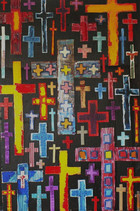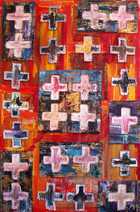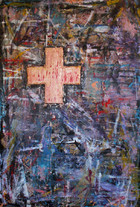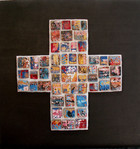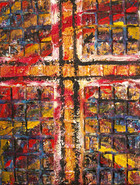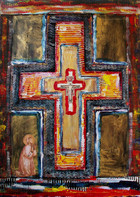Take Up Your Cross
The cross is the most readily recognized symbol in the world today. No other logo can match the eloquent simplicity of its design—a vertical line like a bridge between heaven and earth, God and humanity. A horizontal line like a bond connecting person with person. How many different forms this symbol has taken throughout Christendom by the simple addition of circles and secondary lines, by varying the length and width of the crossbars, by forming them from intersecting diagonal lines!
I got a good sense of just how varied the sign of the cross can be, watching a BBC documentary on the Hill of Crosses in Siauliau, Lithuania. This extraordinary sacred “outdoor installation” bristles with crosses of different shapes, sizes, colors and materials left by pilgrims in a jumbled heap. Three times the former Communist regime bulldozed the site, only to find crosses appearing again, as if sprouting from the earth. I thought of Jesus’ call for us to take up our cross, daily, and follow him. Surely they must all be as unique as we are as people? This was the inspiration for Take Up Your Cross.
Nothing beats cardboard as a cheap, durable material for creating the kind of collages shown here. It absorbs paint well, can be built up in three dimensional layers, shredded into different textures, and easily perforated into cut outs for creating a variety of optical illusions.
In His Image demonstrates how our eyes still perceive the symbol of the cross, whether the shape, itself, is materially present or not. Old Rugged Cross shows the power of the image to dominate a complex space. In Body of Christ and Survey the Wondrous Cross we see the sacred shape emerge from tiles of colored cardboard, while in The Vision of St. Francis, the San Damiano chapel cross seems to rise into view, level upon level. The kneeling figure of St. Francis comes from a mural cycle on the life of the saint, attributed to Giotto, in the Basilica at Assisi.
